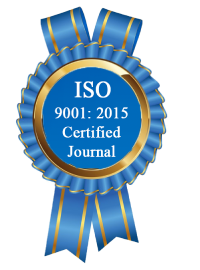| All | Since 2020 | |
| Citation | 172 | 110 |
| h-index | 7 | 5 |
| i10-index | 1 | 0 |
WJERT Citation 
Login
News & Updation
Abstract
AMBULANCE RESPONSE OPTIMIZATION
*Sarthak Khanna, Sancia Sehdev, Krisha Kapur, Sparsh Goyal
ABSTRACT
We live in a country where the incidents of ambulances not reaching on time are indicative enough of the dismal state of transportation for patients in need of emergency care across the country. Delhi, a city of 22 million people, has only 152 state-run ambulances. More than 20 percent of patients needing emergency treatment has died on their way to the hospital because of delays due to traffic jams. in Delhi, an ambulance takes an average of 27 minutes to reach the site. Response time can even extend into hours. Seeing the current scenario of traffic, time taken is only going to increase. And yet, no steps are being taken to improve the situation. Measures of optimizing ambulance response time prove to be widely unsuccessful due to the lack of a targeted approach. This results in sub-optimal allocation of already overstretched healthcare resources. In 2017 alone, there were more than 8,000 road accidents in Delhi. Ironically enough, about 3,000 accidents led to deaths due to ambulances not reaching on time as they were stuck in Delhi?s traffic. By virtue of the factors discussed above, there arises a need for a scientific approach to optimizing the ambulance response time.
[Full Text Article] [Download Certificate]
